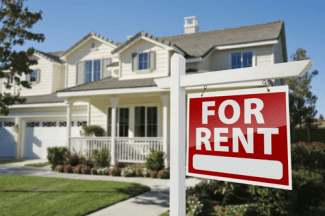SFR Tenants are Getting Stickier and Less Rent-Sensitive
Meanwhile, SFR rents rose 5.3% in the first quarter.

SFR rents are rising even as multifamily prices are moderating, which begs the question why this cohort is tolerating the increase. One answer might be the changing profile of the SFR tenant.
John Burns Research and Consulting Group reported last week that the shifting demographic for these residents shows that they are renters by choice.
“More prospective homeowners believe that prices and rates will come down and more resale buying opportunities will emerge, so they are delaying their home buying,” it reported.
The report suggests that renters today are less rent-sensitive, which is creating demand for higher-quality rental properties.
Today’s renters are getting homes that are higher in value than were commonly available roughly 15 years ago enjoying superior interior finishes, better amenities, and improved overall design.
“As a result, property owners and managers can command a premium for such properties,” according to the report.
Separately, TriCon Residential has found that household incomes for single-family rental housing new residents have increased by approximately 40%, according to a Green Street report authored by analyst John Pawlowski. He noted that Tricon Residential’s “drastic” resident profile shift compared to before the pandemic has resulted in stickier tenants.
Pre-COVID, rent-to-income ratios for Tricon stayed steady in the low 20 percent range.
However, household sizes have grown in recent times to 2.7 individuals per home, from 2.3 previously, and married households now make up more than 40% (31% pre-Covid) of the portfolio, “which is buoying household income statistics” Pawlowski wrote.
This higher-quality tenant base supports NOI growth as it reduces turnover (~15%) and normalizes bad debt, Pawlowski concluded.
Source: GlobeSt.















 Accessibility
Accessibility